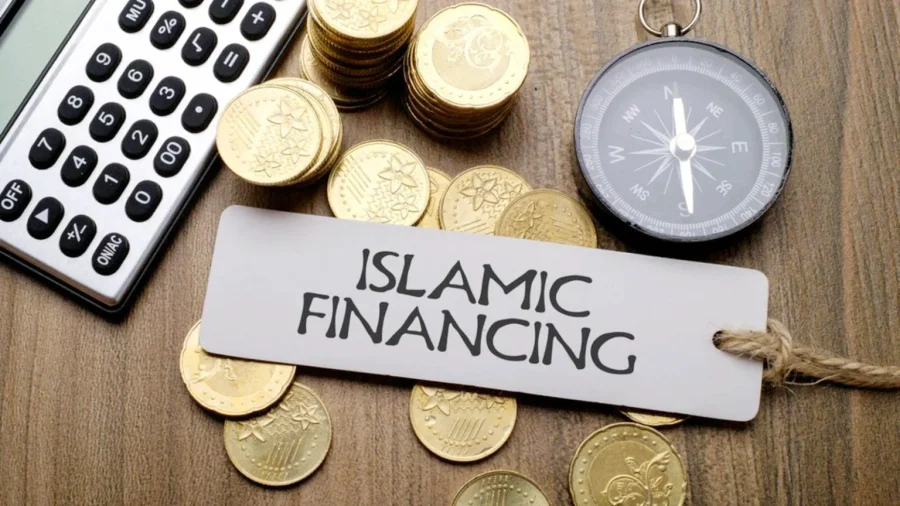The Islamic finance industry in Morocco is nascent and faces structural challenges, which could hinder its full growth potential, Fitch Ratings says.
However, the rising demand for Islamic mortgage financing could be a key pocket of growth and could accelerate the industry’s trajectory.
The challenges faced by the industry include underdeveloped Islamic finance ecosystem and regulations, a limited Islamic product offering, a small capital base of Islamic banks, the lack of public awareness and understanding of Islamic finance and the lack of confidence in the sharia-compliance of these products.
The long-term growth potential for Morocco’s Islamic finance industry is sizeable, supported by the country’s predominantly Muslim population. Islamic finance could also help boost financial inclusion as about 56% of Morocco’s adult population did not have a bank account in 2021, according to the World Bank, with about 19% of the unbanked population citing religious reasons as a barrier (among the highest globally).
The Islamic finance industry was worth USD2.7 billion at end-2022, primarily dominated by Islamic banks. The Islamic banking sector – known as participation banks in Morocco – has only a 2% domestic market share by total assets; the authorities are targeting a 5% market share by 2024. It was below other North African countries like Tunisia (5.1%), Egypt (4%), and Algeria (2.4%), according to the Islamic Financial Services Board, mainly due to the recent inception of the industry in 2017. However, Islamic banks’ assets increased by 20% in 2022 – off a small base – a faster pace than conventional banks’ asset growth of 7.6%.
Morocco’s Islamic finance architecture is still developing. Currently Islamic banking is done through Islamic windows or Islamic subsidiaries of conventional banks. A Sharia Committee for Finance was set-up within the High Council of Ulemas in 2015, mandated to ensure the compliance with sharia of products offered by Islamic finance entities.
From 2022 onwards, the central bank mandated Islamic banks to be subjected to an external sharia audit. In 2022, the government expanded the types of sukuk allowed to be issued to include murabaha, salam, istisna, wakala, mudaraba and musharaka; previously only ijara sukuk were allowed. In 2021, the regulatory framework for takaful was finalised.—Fitch Ratings










